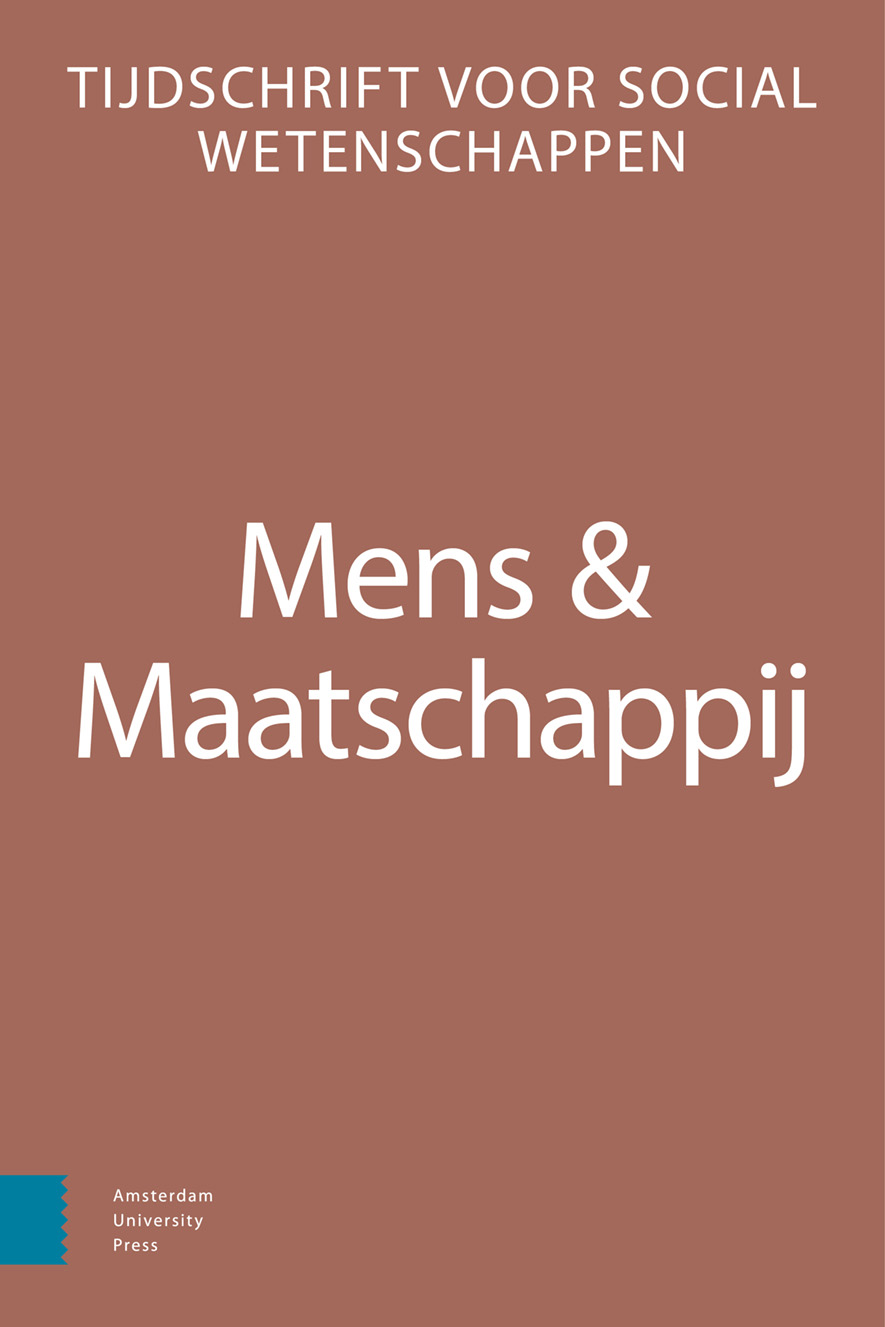-
oa Vakmanschap op de arbeidsmarkt
Een analyse van de arbeidsmarktuitkomsten van afgestudeerden uit het middelbaar beroepsonderwijs1
- Amsterdam University Press
- Source: Mens & Maatschappij, Volume 92, Issue 3, Nov 2017, p. 233 - 257
-
- 01 Nov 2017
Abstract
In this article we examine the labor market outcome of different types of craftsmen. Do vocationally educated craftsmen have a smoother school-to-work transition than graduates with general skills? We analyze this question using Dutch Labor Force Surveys from 1996 to 2012. We find that craftsmen who have a very specialized educational degree are less likely to be unemployed at the start of their careers. However, those with a broader educational degree are more likely to find a job with a higher job status than graduates with a specialized degree. According to the literature, craftsmen with a specialized education are likely to have difficulties later in their career: their specific skills become obsolete while those with a broader education are likely to be able to be more mobile in the labor market. We find no support for this when we analyze unemployment. Craftsmen with a small education remain at least as likely to be employed as craftsmen with a broader education. However, for job status we find more support for this hypothesis. The gap in job status between craftsmen with a small and broad education widens over the life course.


